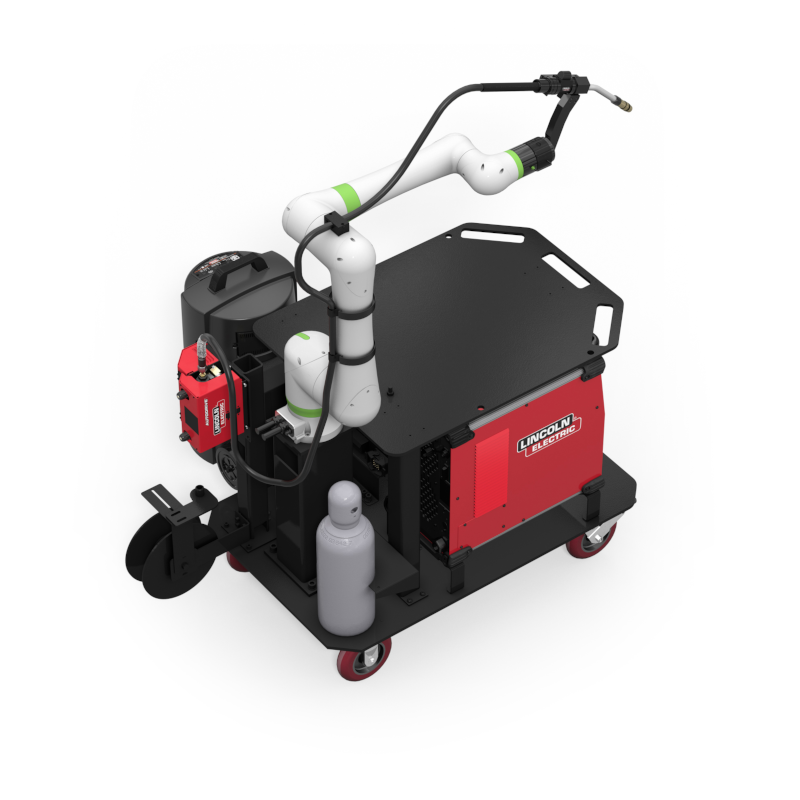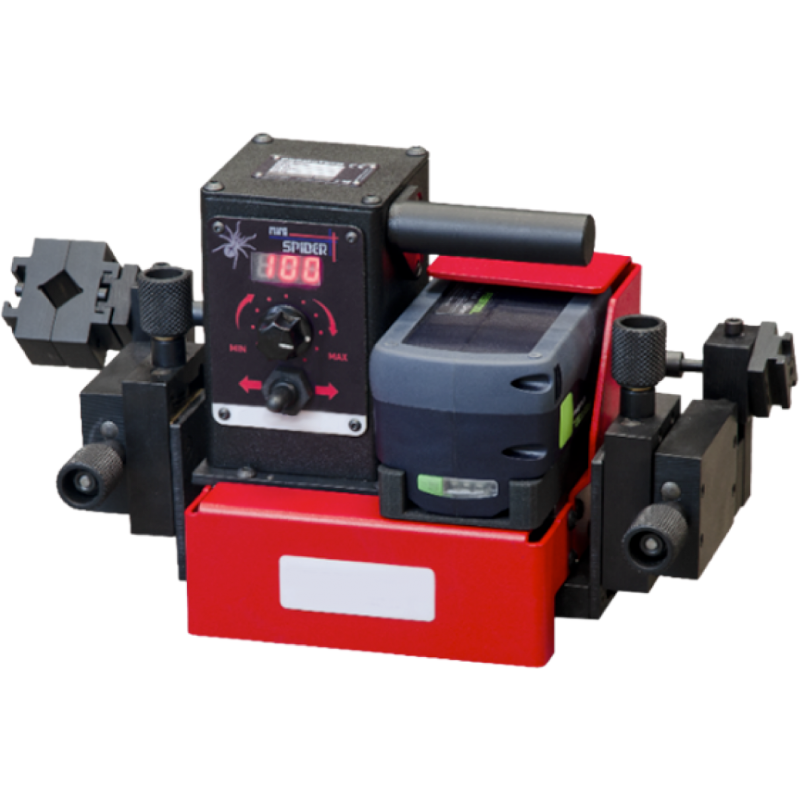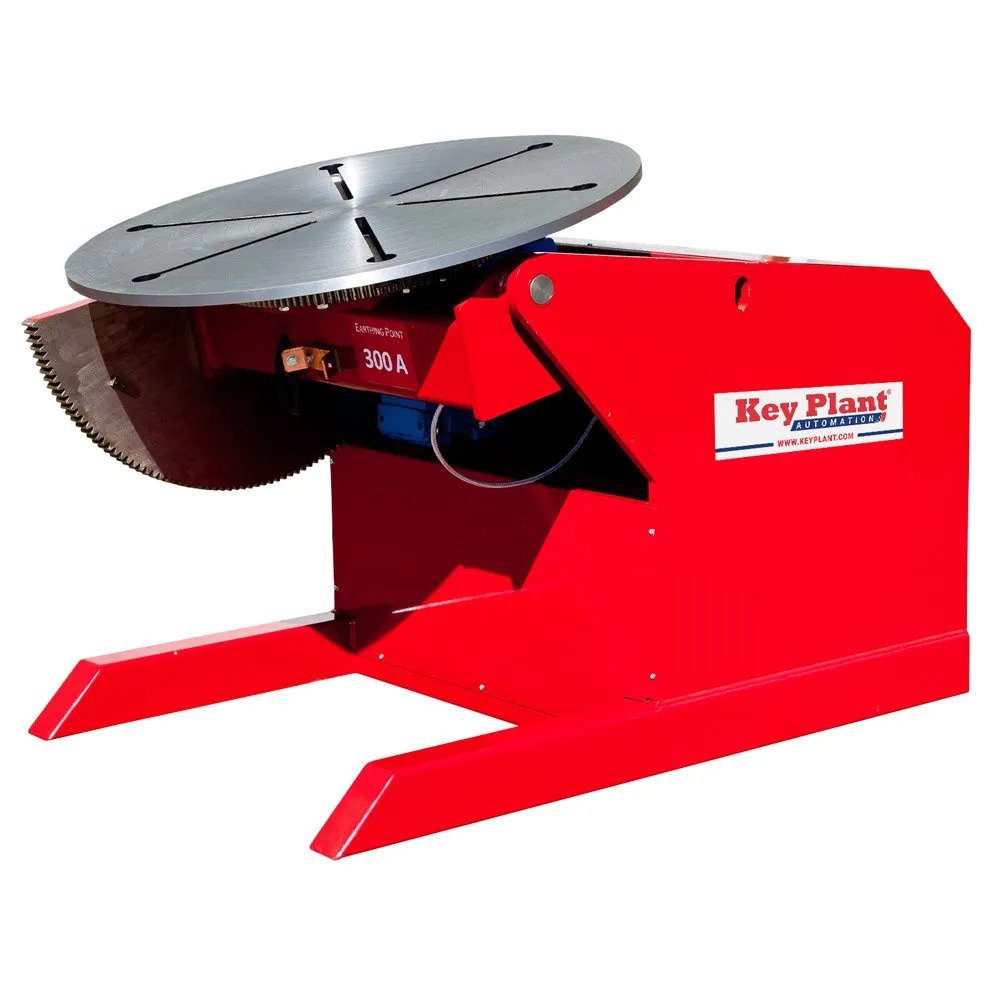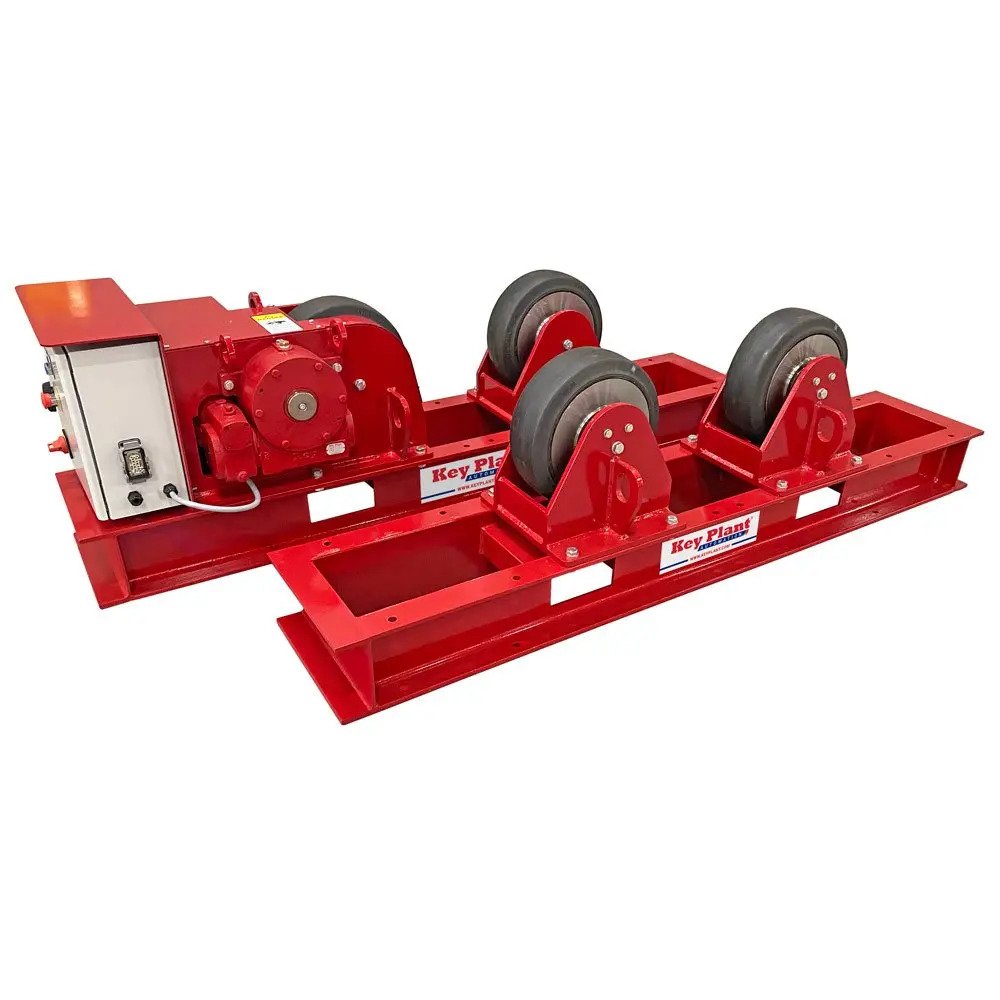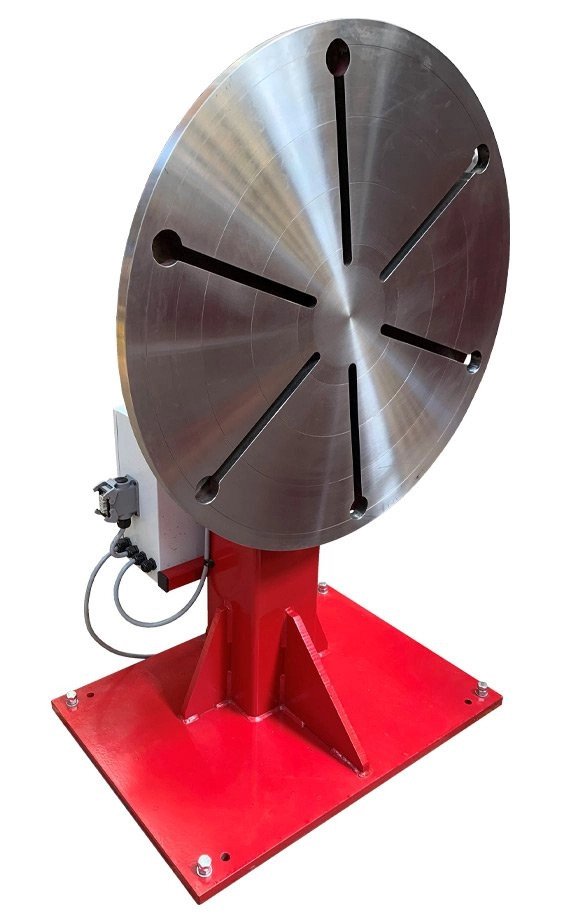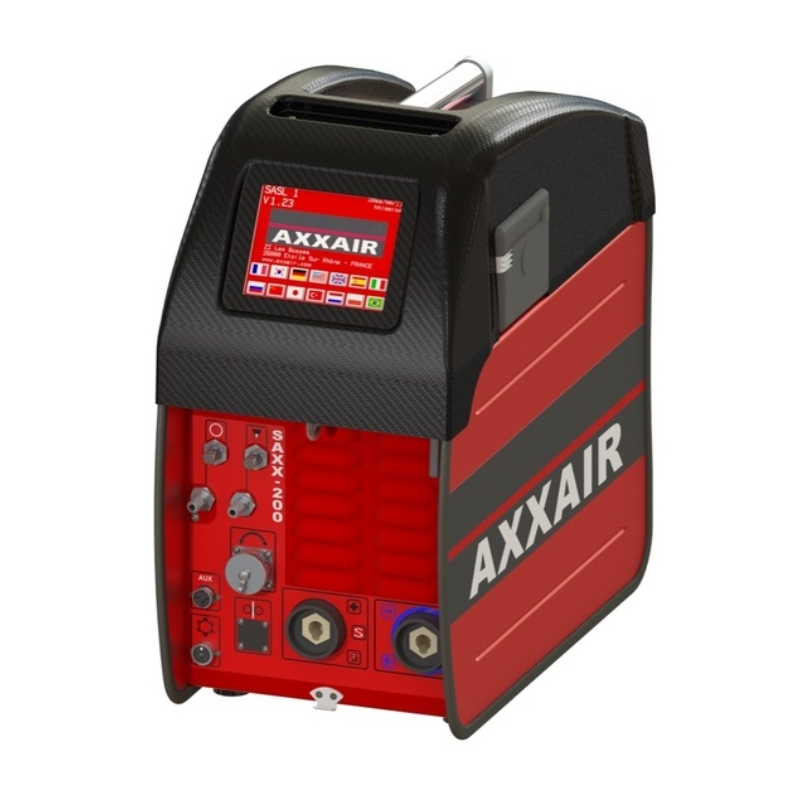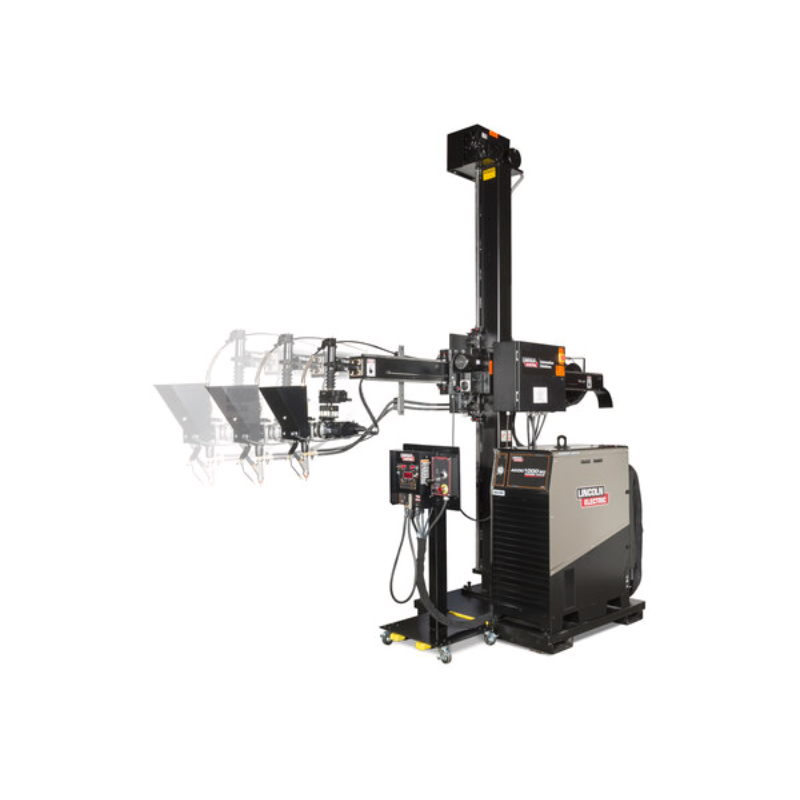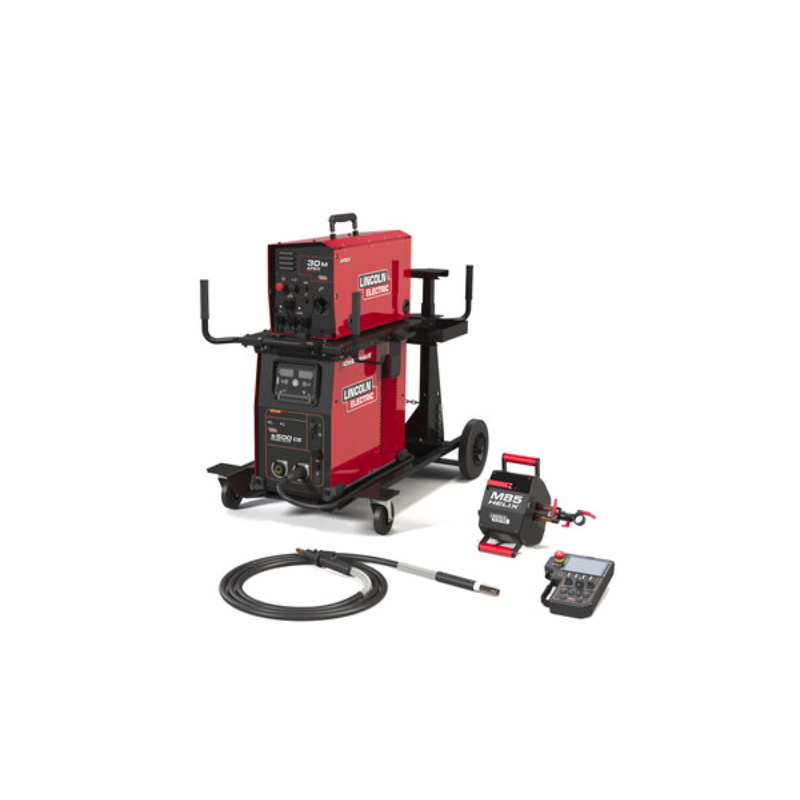Welding Automation
Welcome to the Future of Welding: Embrace the Power of Welding Automation
Are you tired of the slow and labor-intensive welding process? Do you wish to enhance your welding operations and take your fabrication projects to new heights of productivity and efficiency? Look no further! Introducing welding automation, the revolutionary technology that is reshaping the welding industry and paving the way for a more streamlined and cost-effective future.
Unleashing the Power of Welding Automation: A Game-Changer for Your Business
Welding automation is a cutting-edge approach that utilizes advanced machinery and intelligent systems to automate various welding processes, providing numerous advantages for businesses of all sizes. By implementing welding automation tools, you can unlock a multitude of benefits that will transform the way you approach welding projects:
- Boosted Productivity: With welding automation, you can significantly increase your productivity levels. Automation tools such as welding carriages and seam welders can perform precise and repetitive welds at high speeds, reducing cycle times and increasing output, all while maintaining consistent weld quality
- Enhanced Weld Quality: Human error is minimized through welding automation, ensuring consistently high-quality welds. This results in improved product reliability and reduced post-welding inspection and rework
- Improved Safety: Welding automation keeps human operators away from hazardous welding zones, reducing the risk of on-the-job accidents and improving workplace safety
- Cost Savings: Though the initial investment in welding automation tools may seem significant, the long-term cost savings are remarkable. Increased productivity, reduced rework, and minimized labor expenses lead to a significant return on investment
- Versatility and Adaptability: Welding automation solutions are adaptable to various welding processes and materials, making them suitable for a wide range of applications in different industries
- Shorter Training Periods: Operating welding automation tools typically requires less training than traditional welding techniques. This allows businesses to quickly upskill their workforce and maximize efficiency
- Consistency in High-Volume Production: For high-volume production environments, welding automation tools like welding rotators and column and boom welding manipulators are invaluable. They can maintain precision and consistency even during extended production runs
Frequently Asked Questions about Welding Automation Tools
Q1: What are welding rotators, and how do they enhance welding automation?
A1: Welding rotators are specialized turning devices used to rotate cylindrical workpieces during welding. They are an integral part of welding automation, particularly in the fabrication of large tanks, pipes, and pressure vessels. By automating the rotation process, welding rotators ensure even weld bead deposition, reducing the need for manual adjustments and resulting in faster, more efficient welds.
Q2: How do column and boom welding manipulators contribute to welding automation?
A2: Column and boom welding manipulators are versatile systems that enable precise positioning of the welding torch. They allow for multi-axis movement, making it easier to access hard-to-reach areas of the workpiece. Welders can program the manipulators to follow precise weld paths, ensuring consistent and accurate welds. This level of automation enhances the overall welding process, especially in applications that demand complex weld geometries.
Q3: What are the benefits of using seam welders in welding automation?
A3: Seam welders are specialized welding machines designed to automate the welding of long, straight seams. They offer high-speed, continuous welding capabilities, ideal for applications such as sheet metal fabrication, tubes, and pipelines. Seam welders significantly increase productivity, eliminate variations in weld quality caused by human operators, and reduce production costs, making them an essential asset in welding automation.
Q4: How can welding carriages improve welding automation processes?
A4: Welding carriages, also known as welding tractors or welding crawlers, automate the movement of the welding torch along the weld joint. They maintain precise travel speeds and consistent weld bead placement, resulting in uniform welds with minimal operator intervention. Welding carriages are ideal for long welds, repetitive tasks, and high-volume production, saving time and resources while enhancing overall weld quality.
Q5: What role does submerged arc welding play in welding automation?
A5: Submerged arc welding (SAW) is a welding process that involves the formation of an arc between a continuously fed wire electrode and the workpiece. SAW is often integrated into welding automation systems, especially for heavy fabrication and structural applications. The process operates under a blanket of flux, providing excellent weld protection and ensuring high-quality, deep-penetration welds at a rapid pace.
Embrace the power of welding automation today and unlock the potential for unprecedented productivity, superior weld quality, and remarkable cost savings. Upgrade your welding operations with our top-of-the-line welding automation tools, and experience the future of welding firsthand.

